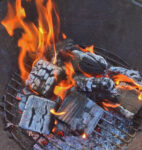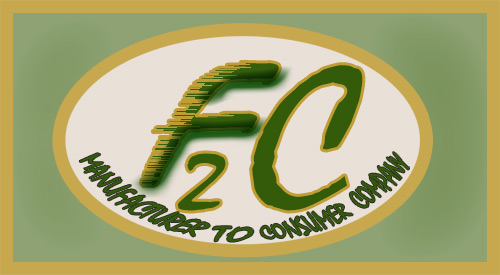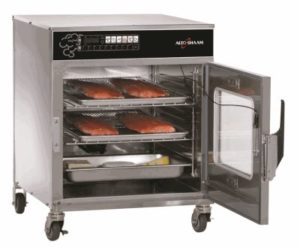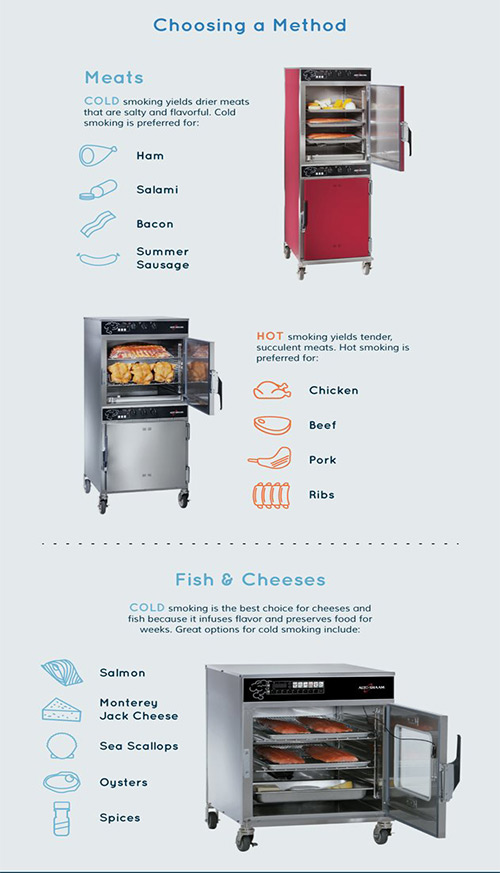Fri 5 Apr 2019
CAN HARDWOOD BE TOO DRY FOR COOKING?
Posted by DrSmokeRead other related stories: Cooking , General Smoking Information , Smoking Tips
No Comments

Here are the misnomers:
Wet = Smolder
Wet = Smoke
Dry = Fast Cook
Let’s make one thing perfectly clear – all wood, whether hardwood or softwood, contains water! As a comparative, when wood is dried to ~20% moisture content (MC), it weighs 40-50% less than un-dried wood. This is the direct reason why the National Conference on Weights and Measures – Uniform Regulation for the Method of Sale of Commodities does not allow for the sale of wood products by weight. It would not be a level playing field for those of us selling this commodity.
So, we know that wood has too much water when a tree is first cut down and obviously will need to dry to some degree before being used for cooking. Why do you ask? Without reducing the water in the wood when burned/combusted, the wood will produce an acrid aroma and smoke vapor which, in turn, will produce off flavors, colors, and textures in foods cooked over wet woods that are consumed.
Can Hardwood Be Too Dry? – You might ask, does it matter how the wood is dried?
Absolutely! There are various ways wood products can be dried with the decision on a drying process usually dictated by what the wood will be used for. Just because you purchase wood chips, wood chunks, logs or even smoking dust for cooking, does not mean that product started out for that intended purpose. Often wood is used first for a primary business like furniture manufacturing, hardwood flooring, or cabinet making. It’s only the secondary wood that is re-purposed for cooking use with a focus on BBQ.
Let’s examine the most likely methods of drying woods for this scenario.
- Kiln Drying: Lumber or other wood items that have been dried in a closed chamber in which the temperature and relative humidity of the circulated air can be controlled. There are 3 types of kiln drying methods: low-temperature drying which is below 130° F, conventional electric de-humidification drying, and conventional steam-heated drying which have temperatures up to 180° F. Of the 3, the conventional steam-heated drying system is preferred due to its computerized programming but the high cost of this system makes it less attractive to most businesses.
- Air Dried: The process of drying green lumber or other wood products by exposure to prevailing natural atmospheric conditions outdoors or in an unheated shed. There are 3 dominate air drying methods: open yard, shed, and forced-air shed. The first is not held in high regard as the wood is exposed to all the elements making it the longest method of depleting moisture content. The second, similar to the first, has the addition of a roof covering to maintain a precipitation-free environment. The third option is most used although the use of electric fans increases the cost from the other two options, it produces quicker results meaning products can be sold quicker. Remember, the primary purpose of the wood is not necessarily cooking so quicker is better to get it to the primary business’ production.
- Warehouse Pre-drying: A very popular method of drying lumber despite higher capital and energy costs, this system can run consistent drying parameters almost 24 hours per day.
Now, knowing many wood producers sell their products first under the guise of another business before packaging secondary or waste wood for cooking, you need to understand where the MC needs to be in order to work for the furniture making, flooring manufacturer, or cabinetry business. These are items that require lower MC and that level across the United States and Canada has an average between 4-13% MC!
Can you imagine putting a piece of wood on a grill’s diffuser or on hot coals when it only has a moisture content of 4%? What do you think will happen to such a dry piece of wood? POOF! It’s gone!
SmokinLicious® developed a method of decreasing moisture content in our hardwoods using a controlled heat method with a re-hydration parameter. Our sole/primary business is producing wood-fired cooking woods- wood chips, wood chunks, logs, smoking dust and our newest product- Charwood! That’s it! We have no reason to reach for moisture content in the single digits and for cooking purposes, you would NEVER want this! The ideal moisture content for cooking is in the 20% range (this is dependent on wood species, however).
We ALWAYS provide you with a moisture content of the hardwoods you purchase from us, so you can be educated about the conditions of the wood for the type of wood-fired cooking you want to do. That is just one of the reasons why SmokinLicious® is a superior product for superior outcome in wood-fired cooking! We will explore for you the science behind the fire and topics to can hardwood be too dry to produce smoke vapor!

More Related reading on the cooking wood question of Can hardwood be too dry?
How to Store Wood Chips
How Seasonal Factors Influence Cooking Wood Storage
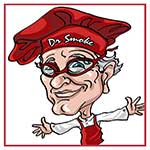
Dr. Smoke exploring all the aspects of wood cooking and the importance of moisture content in our blog CAN HARDWOOD BE TOO DRY
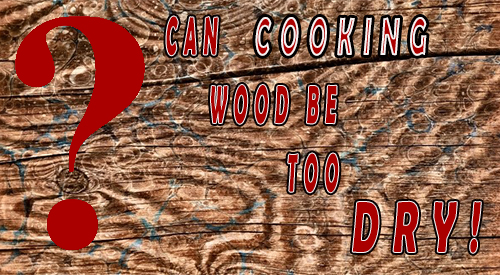
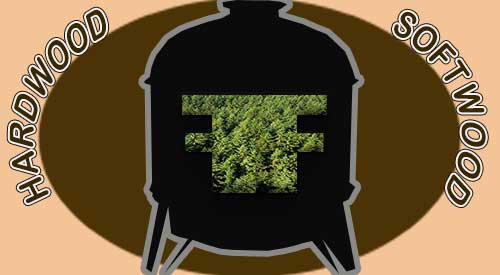







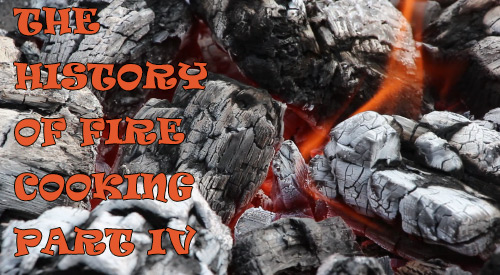
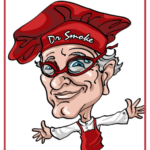

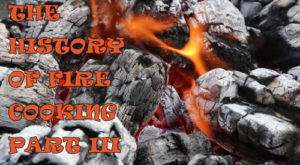



 nutmeg and topped with a crisped sage leave and touch of maple syrup. My favorite part of this dish was its serving bowl – a charred mini white gourd. By retaining the top of the gourd, you can ensure that the soup stays hot until its placed in front of the guest. Each gourd was hand cut and charred to ensure no off flavors transferred from the gourd to the soup. Just a perfect vessel for this scrumptious soup.
nutmeg and topped with a crisped sage leave and touch of maple syrup. My favorite part of this dish was its serving bowl – a charred mini white gourd. By retaining the top of the gourd, you can ensure that the soup stays hot until its placed in front of the guest. Each gourd was hand cut and charred to ensure no off flavors transferred from the gourd to the soup. Just a perfect vessel for this scrumptious soup. Now, it’s time for the main course – course number five! First came the proteins. We produced a wood-fired leg of lamb and lamb rib loins cooked over charwood, ash, sugar maple, and wild cherry wood chunks. The wood-fired cooking offered a fabulous color to the meat.
Now, it’s time for the main course – course number five! First came the proteins. We produced a wood-fired leg of lamb and lamb rib loins cooked over charwood, ash, sugar maple, and wild cherry wood chunks. The wood-fired cooking offered a fabulous color to the meat. the perfect end to a fantastic evening.
the perfect end to a fantastic evening.


